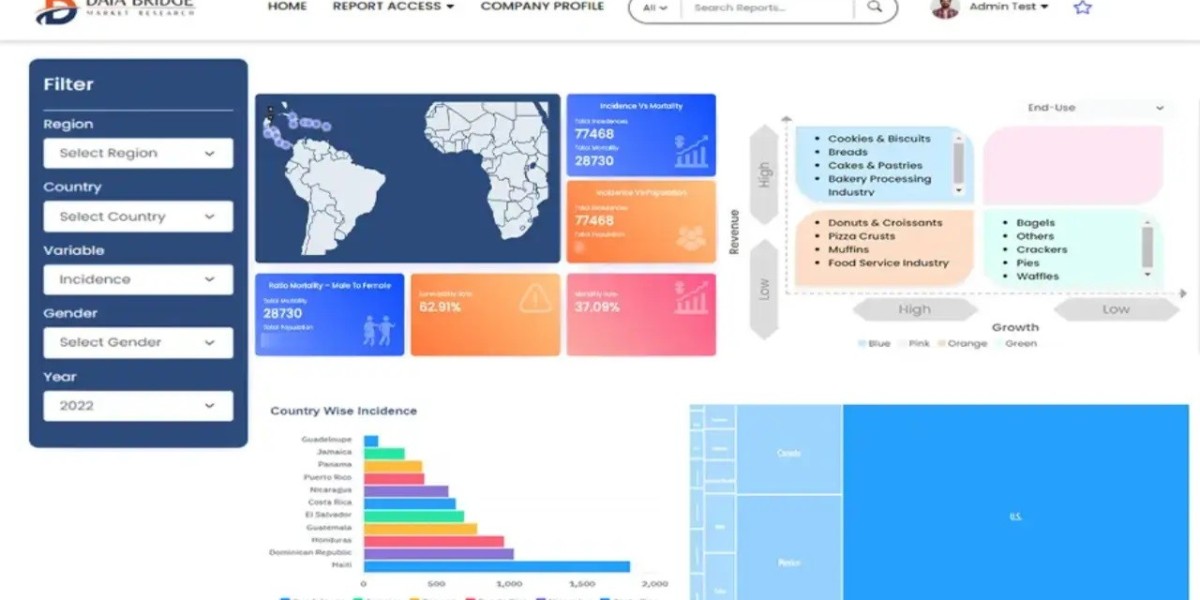One of the key elements that separates an average property listing from one that attracts attention is lighting. A professional Orange County real estate photographer understands that lighting is not just about illuminating a space but about crafting the right mood, highlighting architectural details, and making the property look warm and inviting. Setting up lighting for real estate photography involves careful planning, technical knowledge, and an artistic eye.
The Role of Lighting in Real Estate Photography
Lighting is one of the most powerful tools in property photography. Good lighting can make a home look bright, spacious, and appealing, while poor lighting can leave a property looking dull or unwelcoming. In Orange County, where homes often feature large windows, open layouts, and luxury finishes, capturing the way natural and artificial light interact within the space is crucial. An experienced photographer knows how to balance these light sources to ensure the property shines in its best light—literally and figuratively.
Making the Most of Natural Light
Orange County is known for its sunny climate, which means that natural light is often abundant. However, that doesn’t mean shooting in daylight is simple. A skilled real estate photographer evaluates the position of the home, the time of day, and the direction of light to determine the ideal shooting schedule.
For example, east-facing rooms are often photographed in the morning when they’re naturally lit, while west-facing rooms look best in the afternoon. Homes with floor-to-ceiling windows may require diffusers to soften harsh sunlight that can create overexposed areas or distracting shadows. On the other hand, for homes with limited natural light, a photographer may use supplemental equipment to brighten up darker spaces without making them look artificial.
The Importance of Time of Day
One of the most strategic decisions an Orange County real estate photographer makes is choosing the right time of day to shoot. Early morning and late afternoon, often referred to as “golden hours,” provide a soft, warm light that adds a sense of comfort and luxury to a property. Shooting at midday may not always be ideal due to harsh lighting, but in certain rooms with the right window orientation, it can help create a crisp and airy feel.
Dusk photography is another technique often used for luxury homes. With exterior lights on and the natural sky providing a beautiful backdrop, a photographer can capture both the elegance of the home and its inviting atmosphere. These twilight shots are especially popular in high-end Orange County listings, where properties compete for attention in crowded online marketplaces.
Balancing Interior and Exterior Light
A common challenge in real estate photography is balancing the difference between indoor and outdoor lighting. When a photographer is capturing a room with large windows, the brightness outside can overpower the interior light, leading to overexposed windows or underexposed rooms.
To solve this, photographers use multiple techniques. One method is High Dynamic Range (HDR) photography, where several exposures are blended together to capture both the highlights and shadows. Another method is using artificial lighting, such as off-camera flashes or continuous lights, to brighten the interior so it matches the natural brightness outside. A seasoned real estate photographer knows when to rely on HDR and when to supplement with lighting equipment to create a natural and balanced look.
Using Flash and Continuous Lighting
While natural light is often preferred, there are times when it simply isn’t enough. For example, bathrooms, hallways, and basements in Orange County homes may lack sufficient windows. In these cases, flashes and continuous lighting tools are essential.
Off-camera flash units allow photographers to strategically place light where it’s needed most, eliminating dark corners and highlighting design features. Bounce techniques, where the flash is directed toward the ceiling or wall, can create soft, even light that mimics natural daylight. Continuous lighting, on the other hand, is useful for smaller spaces where shadows need to be controlled with precision.
A professional real estate photographer doesn’t just light a space for visibility; they light it for atmosphere. The goal is to make the home appear welcoming and true to life, without harsh contrasts or unnatural tones.
Highlighting Key Features with Light
Every property has unique selling points—whether it’s an elegant staircase, a custom kitchen, or panoramic views of the Pacific. Lighting helps bring these elements to the forefront. In luxury Orange County homes, where design features are often high-end, photographers use carefully placed lights to draw attention to architectural details without overwhelming the space.
For instance, a kitchen with marble countertops might be lit in a way that highlights the reflective surface, while a living room with vaulted ceilings could benefit from upward lighting that emphasizes the height of the room. By controlling how light interacts with different materials—wood, glass, stone, or metal—the photographer enhances the textures and creates a sense of depth in the photos.
Avoiding Common Lighting Mistakes
Poorly managed lighting can work against a property. Overexposure from direct sunlight, unflattering shadows, or mismatched color temperatures from artificial bulbs can all reduce the appeal of photos. A professional Orange County real estate photographer takes time to eliminate these issues.
For example, they may replace or adjust indoor bulbs to ensure consistent color temperature throughout a room. They may also use diffusers, reflectors, or blackout curtains to control the light flow. Attention to detail ensures the home looks polished and inviting, rather than awkwardly lit or inconsistent.
Post-Processing and Lighting Adjustments
Even with the best setup, some lighting adjustments are often made during post-processing. Editing software allows photographers to correct white balance, reduce glare, brighten dark areas, and fine-tune contrast levels. However, the goal is not to misrepresent the home but to make sure the photos reflect the property as buyers would see it in person.
In Orange County’s competitive housing market, authenticity matters. Buyers are often quick to dismiss homes if the photos appear unrealistic or overly edited. A skilled photographer finds the right balance between enhancing images and maintaining accuracy.
Lighting for Different Types of Homes
Not all homes in Orange County are alike, and lighting setups vary depending on property type.
Luxury estates: Often photographed with a mix of natural light and artificial fill lights to showcase expansive spaces and high-end finishes. Twilight shots are commonly used to capture outdoor living spaces and landscaped yards.
Modern condos: Typically require bright, clean lighting to emphasize sleek lines and minimalist design.
Coastal homes: Benefit from capturing natural light at golden hours to highlight views of the ocean and the airy interiors.
Traditional suburban homes: May need balanced artificial lighting to ensure warmth and comfort are conveyed in the photos.
By tailoring the lighting approach to each property style, a real estate photographer ensures the listing appeals to its target audience.
Why Professional Lighting Matters
With smartphones and digital cameras so accessible, some homeowners and agents may consider taking their own listing photos. However, the difference between amateur and professional results is often stark. Proper lighting requires not only equipment but also the technical expertise to use it effectively.
A professional Orange County real estate photographer brings this expertise to every shoot. They understand how to adapt to different lighting conditions, balance exposures, and highlight the home’s best features. In a region where buyers have high expectations and properties often command premium prices, professional lighting setups can directly influence the success of a sale.
Conclusion
Lighting is at the heart of effective real estate photography. It shapes the mood, highlights architectural features, and creates an inviting atmosphere that resonates with buyers. In Orange County, where the housing market is both competitive and diverse, a real estate photographer’s ability to manage light makes a significant difference in how a property is perceived. From leveraging natural daylight and golden hour tones to balancing interior and exterior exposures and strategically using artificial light, every detail counts.
When done right, lighting transforms property photos from simple documentation into compelling visual stories that inspire buyers to take the next step. For homeowners and agents, investing in professional photography with carefully planned lighting setups isn’t just about better pictures—it’s about maximizing a property’s potential in one of the most sought-after real estate markets in the country.







